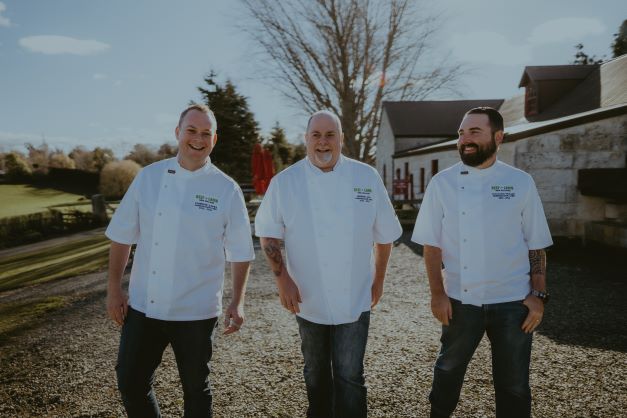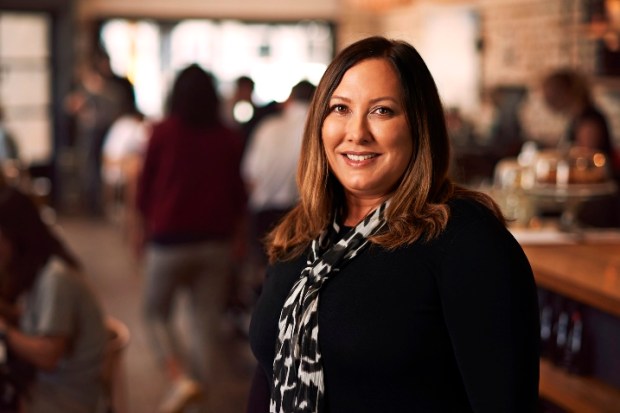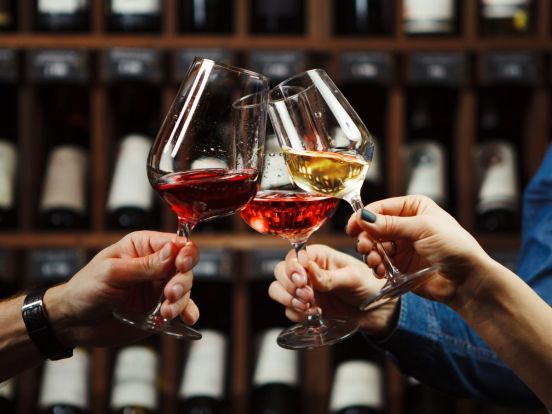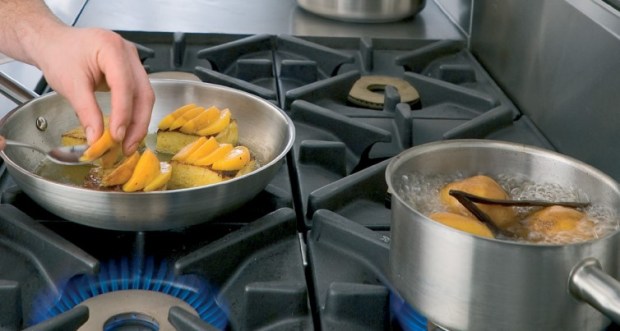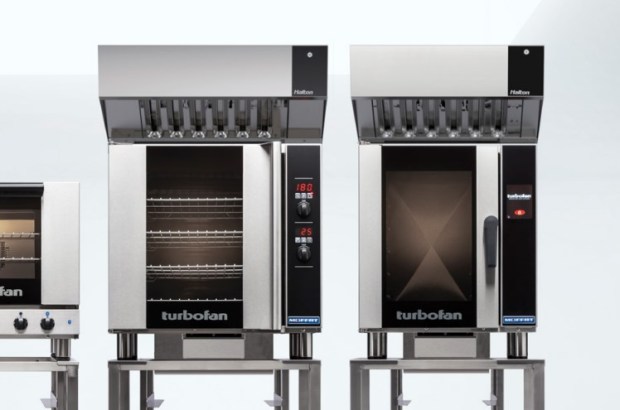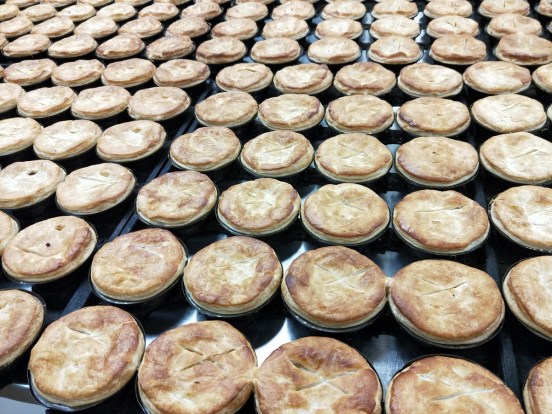New Zealand’s reputation as one of the finest producers of lamb in the world has been 140 years in the making.
It was the pioneering spirit and innovative thinking of the early settlers in North Otago who laid the foundations which put New Zealand lamb on the world stage.
That first voyage of frozen lamb to the UK back in 1882 paved the way for everyone in the supply chain to grow, process and cook lamb for Kiwis and the rest of the world, to enjoy in all its delicious glory.

So to celebrate the 140th anniversary on National Lamb Day last month, the Beef + Lamb Ambassador Chefs stepped out of their kitchens and headed down to Otago to learn more about the paddock to plate journey.
Kiwi chefs are the ones who champion the product at the end of the supply chain and the Ambassadors Chefs were eager to meet the farmers and see first-hand what goes into growing the finest lamb in the world.
With such an historic anniversary, a visit to Totara Estate in North Otago was also on the itinerary. Totara Estate is run by Heritage New Zealand and is a beautifully restored collection of buildings presented in a way which brings the story of that first voyage alive, showing the beginnings of how New Zealand lamb became a world class product.
On a chilly but sunny Monday morning, three of the four Ambassador Chefs met up at Dunedin airport and headed off to the Maniototo Plains in Central Otago to visit Shortlands Station, the home of Provenance Lamb. The Crutchleys have farmed their land for several generations and produce their beef and lamb using regenerative farming techniques growing mixed pastures of herbs and grasses to ensure all the essential nutrients are available to the animals.
Executive Chef of Artisan at Bolton Hotel in Wellington, MacLean Fraser says that spending time on the farm was a great opportunity to see where the food story begins.
“As a chef I am the last touch point of the product before our guests experience it. Having that connection with the farmers and being part of the paddock to plate journey is a great privilege, and I want to be able to do the farmers proud.”
MacLean says that when creating menus for the restaurant he is looking at produce driven menus and creating dishes which use the flavour and ingredients from different regions.
“That is where New Zealand producers do things exceptionally well – we have such an abundance of amazing produce here in New Zealand and it is easy to be able to use all of these ingredients and put them on a plate to tell the New Zealand food story.”
With the beautiful backdrop of the Central Otago high country, the chefs were taken out on the farm, and with spade in hand David Crutchley showed them how it all begins with ensuring the biological health of the soil is the best it can be which then grows the best food for the animals to eat.
Platinum Ambassador Chef Michael Coughlin, who is the Brand Ambassador for Provenance Lamb then explained how that transpires through into the eating quality of the meat providing exceptional flavour and tenderness.
Chef Andrew May from Amayjen the Restaurant in Palmerston North says the connection between the farmer and the chef is important.
“It gives you more of an understanding of what is going on in the paddock and how the quality is obtained. As chefs we are looking for a consistent product with excellent flavour and tenderness to create dishes that give our customers the best eating experience.”
Andrew says that being able to tell the story of the produce they work with from paddock to plate is a big thing with customers at the moment.
“It has been amazing to see this first hand and meet the farmer and be able to tell customers a little bit more about the paddock to plate journey.
The next day the chefs were driven over to North Otago to visit Totara Estate which is just south of Oamaru. They were warmly welcomed by the staff who play a role in recreating how life was back in 1882, from wearing traditional costumes to serving up colonial goose sandwiches for lunch.
The New Zealand Heritage guide showed the group around the grounds and buildings and explained the innovation of that time and how the first lambs were processed at Totara Estate and transported to Port Chalmers before being shipped to the UK.
He created a picture of how life was for the farmers and butchers who played a significant role in getting that first shipment of lamb over to the other side of the world.
Chef Cameron Davies of The Fat Duck in Te Anau says it was really special to be at Totara Estate on the 140th anniversary of that first shipment arriving in the UK.
“To think what those early pioneers had to go through to get the first shipments over to England and the work involved was incredible. It was extremely ground-breaking stuff that really forged New Zealand’s export industry and to hear that story and be taken on a journey right where it all began was very special.”
During his career, Cameron has been extremely proud to cook New Zealand lamb internationally.
“I have fond memories of working on a private yacht in the Mediterranean serving New Zealand lamb, and for a Canterbury boy brought up in Darfield that was pretty special for me. New Zealand lamb is sought after all around the world in top quality restaurants and high-profile people are seeking out New Zealand produce, so to be on the ground on National Lamb Day and be part of that story makes me feel very proud.”
The 140th anniversary ended with a celebratory dinner in Oamaru, to mark the occasion. It was an evening where everyone in the supply chain could come together to celebrate the amazing produce we grow here in New Zealand and to pay tribute to those early pioneers, who had the foresight and forward thinking to create the beginning of New Zealand’s food story.


